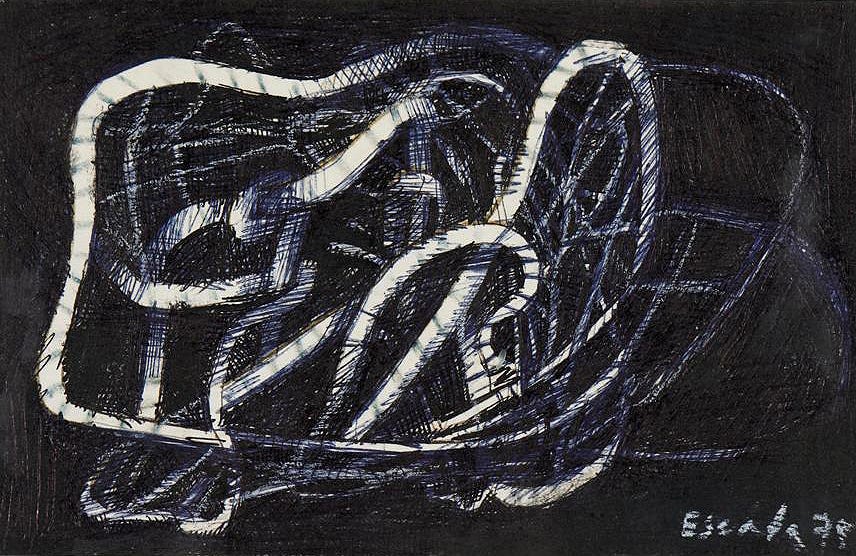notes on style and authority
tim’rous beasties
I try not to write cranky posts about the state of modern letters on here for a number of reasons, which I could (will) sum up thus:
These pieces tend to get a lot of attention, but people who come for that sort of thing mostly only like that sort of thing. That is, they do not want Evangelion, Taylor Swift, reviews of random books and movies, perfume, or dog pictures, they just want to hear about how everything sucks now. That’s their right, obviously, but a big uptick in attention followed by a big downtick can be destabilizing. And also I don’t think everything sucks now.
Any statement that is true of some part of a large category, like “people who write about arts, literature, and ‘ideas,’” will not be true of all of it. If it’s true of, let’s say, even a third of it, that would be significant, but one could also say (truthfully) that it is not true of the majority. “What are you talking about” is usually a reasonable response. However, I will try to make as clear as possible what I am talking about.
While I am on the record as being pro–naming names, I don’t really want to hold individuals up as examples if what I’m talking about seems like a creation of various incentives—i.e. what is bad is not that individual people are choosing to write this way (what way? read on…) but that they are not choosing to do so, they do it automatically.
So having gotten that harrumph harrumph out of the way, let’s continue.
Much “culture writing” is bad. On Substack, in magazines, in books, wherever. (However, I’m going to leave Substack out of it for now.) “Culture writing” is a nebulous category that includes not only the traditional book or film review but the celebrity profile, a thinkpiece about a tweet you read, going long on The Real Housewives of Middle Earth, a denunciation of a trend, a Lacanian analysis of Addison Rae’s “Diet Pepsi,” or the kind of “para academic” writing that you find at (for instance) The Los Angeles Review of Books. All of this is “culture writing.” So is writing about fine art, ballet, the theater, or an observational bit of memoir, that thing where you look out the window see a man wearing a hat and write “HATS ARE BACK: WHAT IT MEANS,” etc.
The pieces I am going to criticize are not bad because they are insincerely positive or insincerely negative. They might be, sure, but I’m not concerned with that right now. They are not dedicated to propping up some sort of “elite” consensus about things (or falsely posturing outside it). They are bad because they’re written so defensively they manage to say very little. I am going to make up a pastiche here to show what I mean.
This paragraph+ is from a fake book we will call All Horned Up, a cultural history of the unicorn. All Horned Up is what we call “trade” non-fiction, that is, it is for normal people and not people who professionalize in the study of unicorns. Here are our paragraphs, taken from somewhere in its introduction:
From Lisa Frank to tapestries woven in the Netherlands, the unicorn has long held a fascination for little girls and adult women alike. “The unicorn, with its twin symbols of virgin and phallus,” wrote writer J.F. Christ in his book The Once and Future Unicorn, “represents what all girls subconsciously long for yet cannot possess: purity and power.” Standing in the Cloisters Museum, there at the uttermost tip of Manhattan, and looking at the Unicorn Tapestries myself for the very first time, I found myself thinking, too, that maybe this was what all girls wanted: a powerful creature to lay its head, just once, in your specially chosen lap.
Culture matters. Some critics have maintained that unicorns instill in girls a detachment from reality at an early age. In a longitudinal survey conducted of girls who had owned unicorn dolls from ages seven to twelve over thirty years, the sociologist Jenn Smith found that girls who own unicorn dolls were more likely to have eating disorders and less likely to do well in math. But they were also more likely to go on to successful careers in corporate America. You can’t make unicorns simple. Ask any girl.

